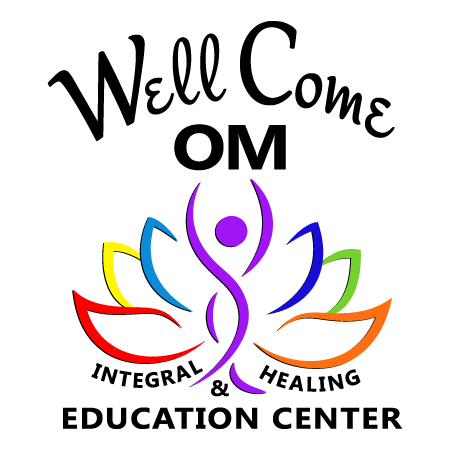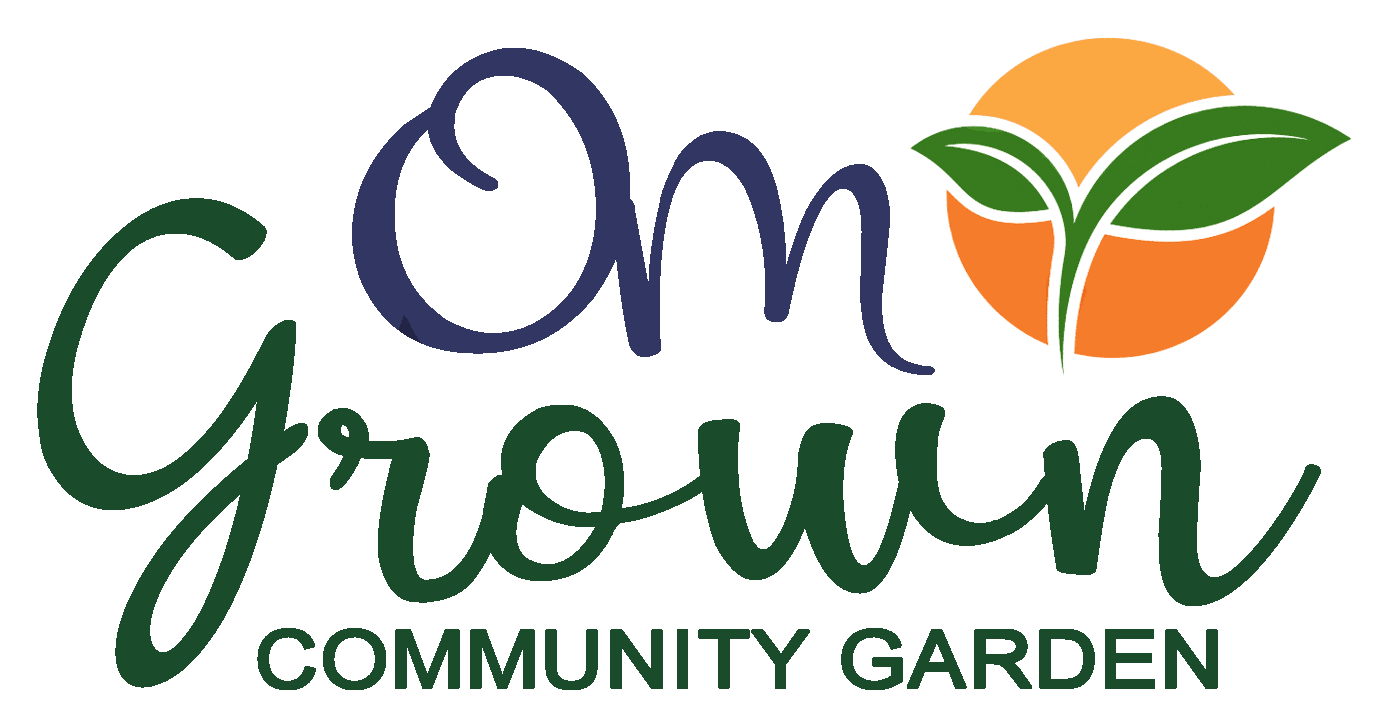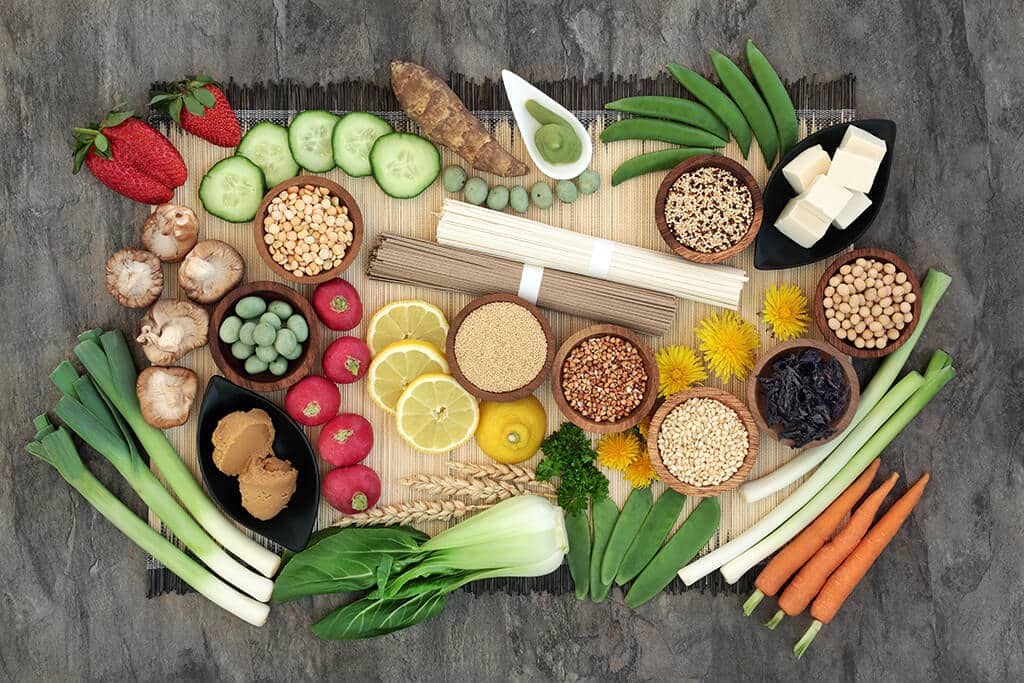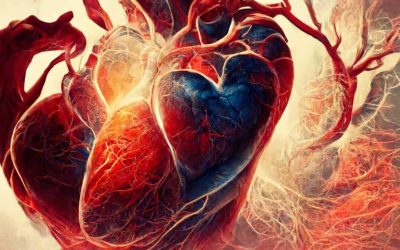Macrobiotic health food concept with soba and udon noodles, wasabi and miso paste, tofu, vegetables, legumes, grains and seaweed with foods high in protein, antioxidants, vitamins and minerals. On bamboo and marble, top view.
Table of Contents
Is your diet making you feel energized, and do you get excited about creating your next meal?
There is a whirlwind of so-called health and weight loss diets out there today, really, enough to make one’s head spin. Some diets are like one another, and others are very different. Which doctor, practitioner, nutrition expert, or guru do you believe? The internet seems to have an overwhelming amount of information to offer, and yet most of our own doctors don’t seem to have any answers at all. Should you choose to become vegetarian/vegan, paleo, ketogenic, high-fat, low-fat, sugar-free, dairy free, gluten free, grain free, get the point?
The real question here is what type of diet is going to promote balance and harmony to your body and your life, one which promotes a sense of well-being physically, emotionally, and spiritually?
Let’s look at another option in the “healthy diet” arena, Macrobiotics. What is Macrobiotics? Is it more than just that weird “hippie” health diet of the 60’s and 70’s? The term macrobiotic is not just referring to a type of food diet, but rather a lifestyle program. The definition is a philosophy of life that guides one’s choices in diet, activity, and lifestyle. The principles and practices are used to nourish body, mind, and spirit.
Literally, macrobiotics translates to “Great Life or Life According to the Largest View”.
Denny Waxman (a world famous macrobiotic teacher) states that “Macrobiotic practice demonstrates that the daily events and choices of one’s life deeply affect people, society, and the planet. The application of macrobiotic principles can create a strong physical, mental, and spiritual vitality and adaptability. It leads to self-discovery and increases an ability to independently guide one’s life in a creative, productive, adventurous, and meaningful way”.
Denny Waxman also says that “macrobiotics is often referred to as a fad diet, but in reality, it is probably the only way of eating that is based on the eating pattern of all of the world’s long-standing civilizations. Although the foods and preparations are different in many traditional cuisines around the world, they all reflect a culture’s adaptation to the environment and their unique relationships with nature. Additionally, they are all variations on the same common food categories. These include a variety of grains, beans, vegetables, seeds, nuts, and fruits, while including minimal amounts of animal and dairy foods. These diets have also historically included soups, mild beverages, and various pickled and fermented foods.
The dietary aspect of macrobiotic practice is part of an overall approach to life. Additionally, basing the approach on adding naturally becomes very open and inclusive. New foods, preparations, and styles of cuisines from Asia, India, the Middle East, Northern and Southern Europe, and Africa are for discovery. Food is the daily, direct connection to nature, other people, and all aspects of life. From this understanding, macrobiotic is an expression of respect and a celebration of life itself”.
So, is macrobiotics “making a comeback”? The answer is yes! This lifestyle and diet are what so many of us are searching for to bring back the health, balance, and spiritually into our lives. There are actually a number of macro communities throughout the US, and the world today. Dr. Maria Scunziano, and the WellCome Om Integral Healing & Education Center are planning to be the next to join the crowd. The Center is planning to have macrobiotic cooking classes and lectures. Come join us and check it out for yourself!
- Macrobiotics “Yesterday and Today” - May 1, 2018





